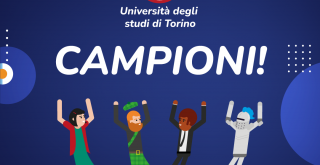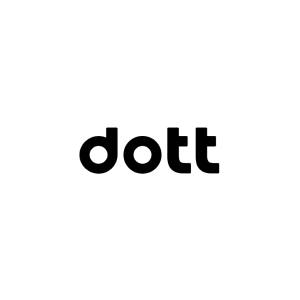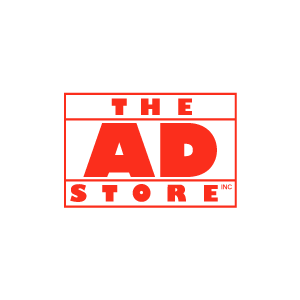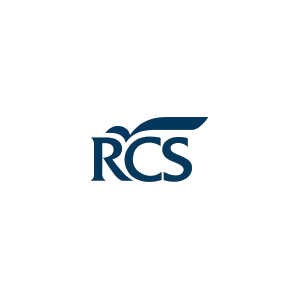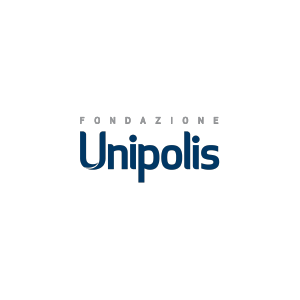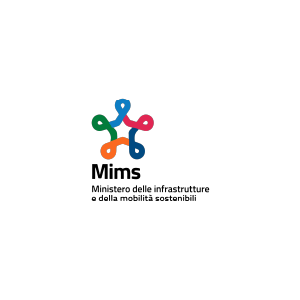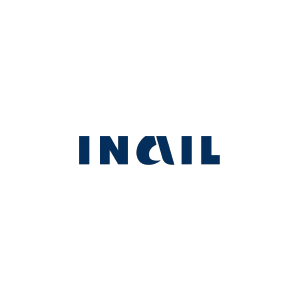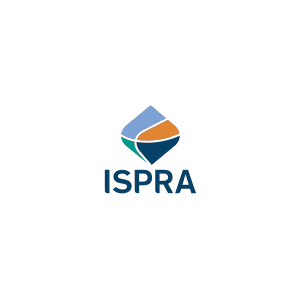1 September 2022
The fight against climate change requires a solid commitment to reducing carbon emissions, at the institutional, personal, as well as corporate levels. Companies and businesses, in fact, play a vital role in this challenge. The voluntary carbon market and CO2 offsetting represent tools available to companies to support the reduction of emissions.
In this article, we find out what it is and how it works.
What is the Voluntary Carbon del Market?
The voluntary carbon market is the market created by the trading of carbon credits. It allows companies and businesses to offset their CO2 emissions (carbon offsetting) and to define and market “carbon neutral” products.
How does the Carbon Market work?
Carbon credits are generated from projects and programs that remove or reduce atmospheric CO2 emissions in a specific sector. A project must be approved, monitored, and verified by a carbon standard and follow a particular standard-approved methodology. Subsequently, this standard certifies and issues carbon credits.
A credit equals a ton of CO2 equivalent not emitted or removed. Credits can be sold in the market directly to buyers or through intermediaries. Their price depends on several factors including the social impact of the project, its ability to absorb or avoid emitting CO2, and its contribution to achieving the UN Sustainable Development Goals.
The carbon standards
The term “carbon standards” refers to private organizations, particularly international nongovernmental organizations (NGOs), that determine the requirements, rules, and methodologies on the basis of which carbon credits are issued.
Their importance lies in their market-regulating function: they ensure market credibility and credit quality by developing and administering procedures for crediting carbon emission reductions and removals.
Internationally, there are several certification standards. The top four standards by the number of credits issued in the market are the Verified Carbon Standard (VCS), the Gold Standard, the Climate Action Reserve and the American Carbon Registry.
Methodologies and MUV
Methodologies are documents that are used to calculate the number of emissions saved or removed. They also outline the eligibility requirements of a project for credit certification.
Methodologies vary depending on the project type. They also differ on the basis of the standard at hand. The most common project types that have a methodology in multiple standards are those related to biological sequestration, methane capture, energy efficiency, and renewable energy. In case there is no suitable methodology yet, a project developer can submit a methodology for approval.
Currently, projects related to behavioural change, including MUV, have no place in the methodologies of the various standards. For this reason, MUV would like to submit to a standard the methodology (approved by RINA) that is used to calculate the carbon footprint within the application. The purpose is to certify the CO2 emissions saved by MUV on users’ sustainable journeys and to place them within the carbon market in the form of credits.
A growing market
A report conducted by Ecosystem Marketplace shows sharp growth in the market in recent years. Released on Sept. 15, the report shows that already in the first 8 months of 2021, the voluntary carbon market had increased by nearly 60 per cent from the previous year, with values close to $1 billion.
Limitations of the model
Some limitations of the market model can be laid out. Emissions offsetting constitutes a supplementary measure, but it alone does not lead to a reduction in emissions. It is, therefore, necessary to promote the purchase of carbon credits for non-compensatory purposes. A second point of criticism is found in the lack of a unified governance body. Indeed, each standard has its own eligibility requirements, methodologies, and regulations.
For insight regarding the topic, watch this video by John Oliver.
Despite the limitations of the model, the voluntary carbon market makes it possible to attract investment for key projects in the fight against climate change and the achievement of sustainable development goals. For this reason, MUV aims to certify the emissions saved by its users and enter the market.




